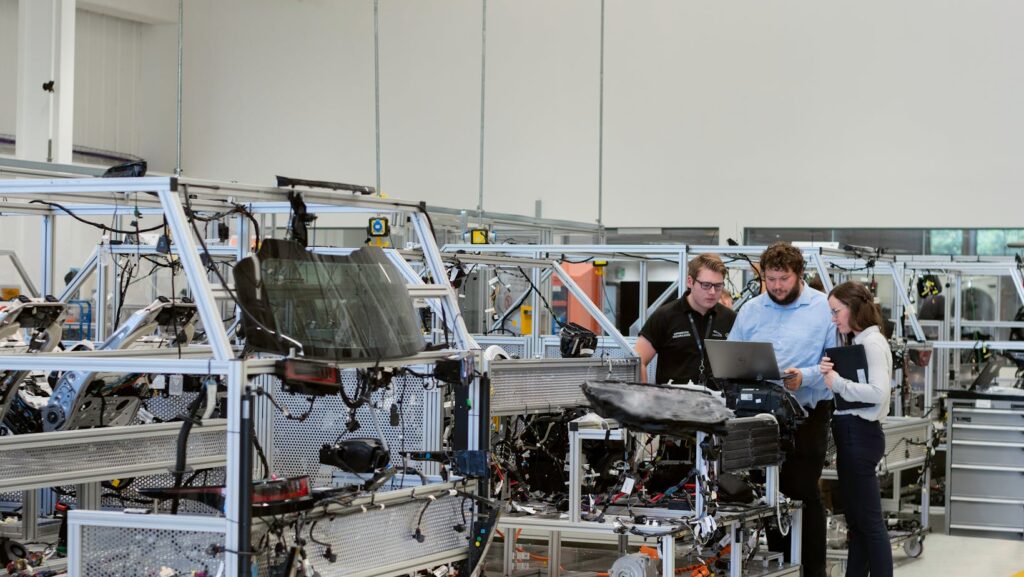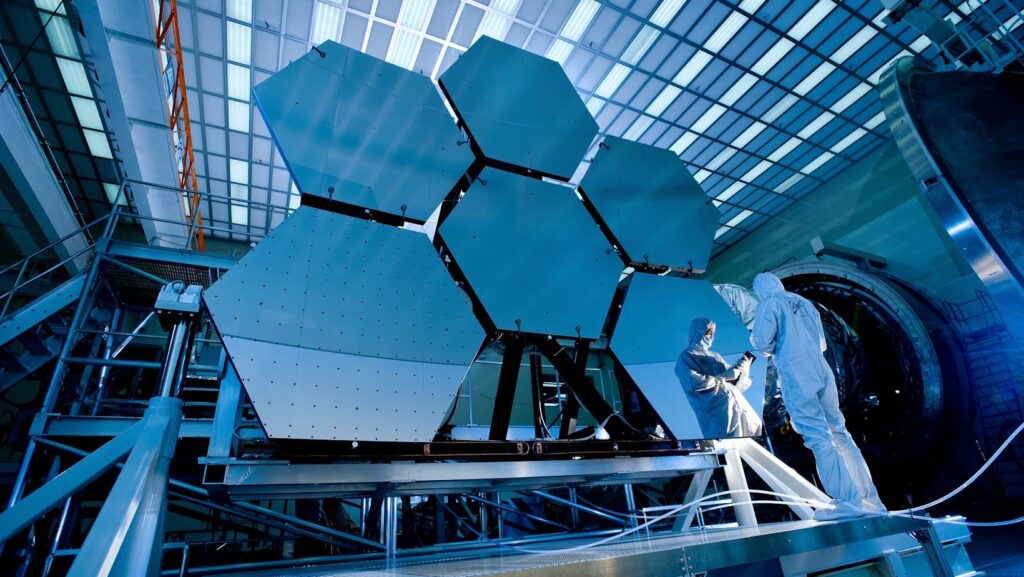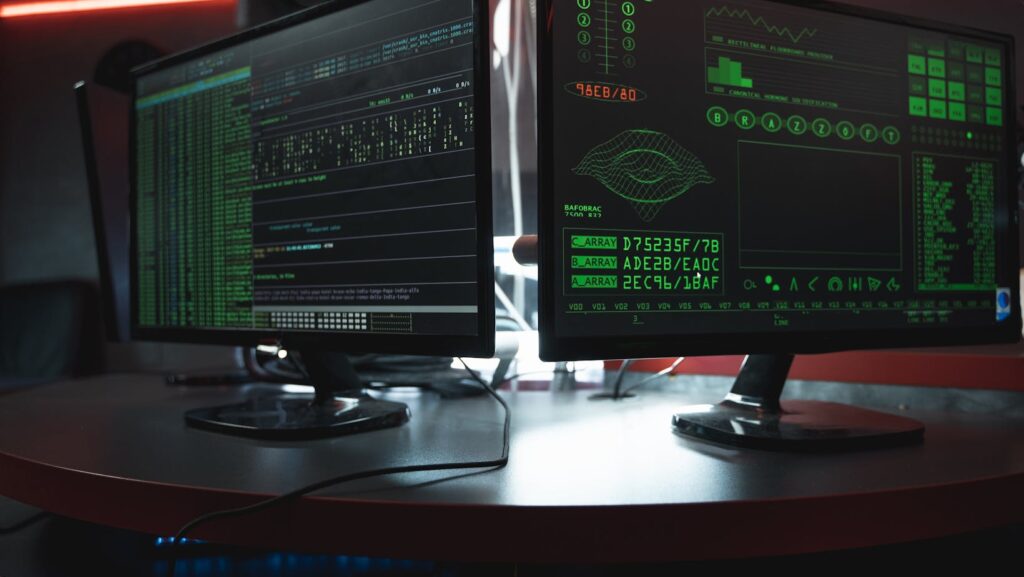In the ever-evolving landscape of technology, one innovation is making waves: vaco technology. It’s a game-changer, revolutionizing various sectors with its unique capabilities. But what exactly is vaco technology, and why is it causing such a stir in the tech world?
Vaco Technology

Vaco technology represents a groundbreaking innovation in the tech industry. It’s a versatile technology strategy that emphasizes the optimization of product functions. By employing this technology, organizations intend to streamline their operations and achieve enhanced efficiency. For instance, a manufacturer could leverage vaco technology to upgrade the components of their production machinery, leading to increased product output with reduced waste.
The evolution of vaco technology can be traced back to the early 20th century, marking an era of technological transformation. Initiated as a rudimentary concept, it gradually matured, evolving into a sophisticated system by the mid-century. For example, the first inclination towards vaco technology might have been simple machine tools modifications aimed at productivity improvement.
Transitioning into the modern era, the ascension of digitization further accelerated the development of vaco technology. Captivating feats of tech updates and upgrades propelled the technology’s growth, transforming it into the revolutionary strategy it’s known as today. Consider how AI and machine learning integration into vaco technology broadens its applications, making it a defining factor in the future of industries.
Applications of Vaco Technology
Healthcare Innovations and Industrial Automation

Vaco technology serves as a lynchpin in healthcare innovations. It’s seen instrumental use in magnetic resonance imaging (MRI) where it contributes to image reconstruction, enhancing diagnostic precision. It also proves critical in surgical applications, particularly in robotic surgical systems. The technology is applied to create precise movement controls, facilitating accurate incisions during operations. These instances underline the potential of Vaco technology, significantly advancing healthcare capabilities.
In the realm of industrial automation, Vaco technology holds strategic relevance. It plays a pivotal role in the development and functioning of industrial robots, forming the basis for advanced motion control systems. Precision and efficiency are critical in industrial environments, hence the utilization of Vaco technology in manufacturing and processing industries. For instance, industries involved in assembly line production use this technology to maintain consistency and speed – a testament to its ubiquitous presence in industrial processes.
Benefits of Vaco Technology
Efficiency and Accuracy
Vaco technology plays a vital role in amplifying efficiency and fostering accuracy in industrial automation. For instance, it’s instrumental in automated assembly lines where speed and precision are paramount. In relation to healthcare, vaco technology assists in MRI image reconstruction and robotic surgical systems, mitigating errors and boosting accuracy to unprecedented levels. This, in turn, promotes patient safety and ensures thorough, accurate diagnoses, given that the high-resolution images created provide healthcare professionals with an incredibly detailed look into the human body.
Moreover, the digital influence, through AI and Machine Learning, on vaco technology has further boosted its efficiency, creating systems that can learn, adapt, and enhance their functions over time without needing human intervention.
Cost-Effectiveness

Beyond enhancing efficiency and accuracy, vaco technology also presents a cost-effective solution for businesses across diverse sectors. Capitalizing on this technology automates repetitive tasks, thereby letting employees focus on more critical, cognitive tasks. This shift not only helps companies optimize the use of their workforce but also reduces operational costs.
The application of vaco technology in industrial automation, for one, leads to a considerable reduction in material wastage and reduces downtime by enabling preventive and predictive maintenance of machinery. Similarly, in the healthcare sector, the use of vaco technology can significantly reduce prolonged hospital stays and potential follow-up costs through precise treatment.
Impact of Vaco Technology
Having delved into vaco technology evolution and impact, it’s clear that this innovation is revolutionizing various sectors. Its role in enhancing product efficiency and operational processes can’t be overstated. In healthcare, vaco technology’s applications, from MRI image reconstruction to robotic surgical systems, demonstrate its significant contribution to advancing healthcare capabilities. Also, it’s worth noting the technology’s benefits in promoting efficiency, accuracy, and cost-effectiveness in industrial automation.



